ABC of the Sea!
- Saturday 2nd January 2021
Read along and learn the ABC’s of the sea as you learn some new and interesting animal fun facts!
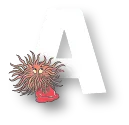
A for Anemone
Anemones look like plants but are actually animals. They use their sticky tentacles to trap drifting particles of food.
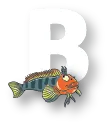
B for Blenny
This shoreline fish can be found in rockpools, where it waits in rocky crevices for the tide to bring in its dinner.
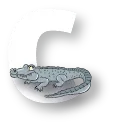
C for crocodile
Different species of crocodiles are found in most of the world’s warmest countries. There is even a sea-going species which can reach 6 metres long.
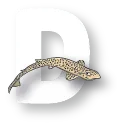
D for Dog fish
This is a type of shark which us common around the US. Fish and chip shops often sell dogfish as ‘Rock Salmon’
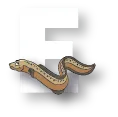
E for Eel
Many different species if eels live in our seas, from huge conger eels to funny looking garden eels which pop up from their burrows in the seabed like stalks of grass.
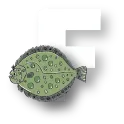
F for flatfish
Did you know that these camouflage experts don’t lie on their bellies but on their sides? As they grow one of their eyes travels slowly round the head to rest by the other one.
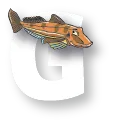
G for Gurnard
Gurnards use special finger-like fins to walk along the seabed and ‘feel’ for hidden shrimps to eat.

H for hammerhead shark
Special sensors on the lower side of its hammer-shaped head means this shark can sweep the seabed like a ‘metal detector’ to find tiny creatures hiding in the sand.

I for Isopod
This bizarre deep-water dweller is like a giant wood louse, a creature to which it is closely related. They have been around for 300 million years.
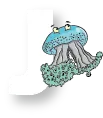
J for jellyfish
Found in all our oceans there are many kinds of jellyfish. They have been around for 650 million years and are one of the oldest species on the planet.
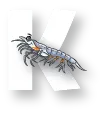
K for Krill
Krill, the favourite food of most of the big whales, is the name for large masses of tiny shrimps that drift in the ocean currents.
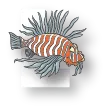
L for lionfish
A beautiful but deadly coral reef fish. It is one of the most venomous fish in the ocean.
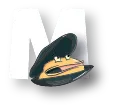
M for mussel
A shellfish found commonly around the Australian coast; this simple creature is a favourite delicacy for starfish.
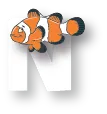
N for Nemo
Made famous by the film ‘Finding Nemo’ clownfish seek safety in the protective tentacles of stinging anemones, which do the clownfish themselves no harm.
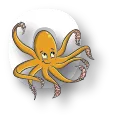
O for octopus
With three hearts, blue blood and the ability to change their colour in the blink of an eye, the octopus is one of the brainiest animals in the sea. Experts believe it to be as clever as a pet dog.

P for Penguin
With little to no land-base predators to worry about, penguins have no need to fly. They have learned the skill of ‘flying’ underwater instead!
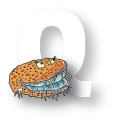
Q for Queen Scallop
A clever shellfish this one, she has eyes all round the rim of her shell. If she spies trouble, she will flap her shell in a fast clapping action to drive herself to safety.
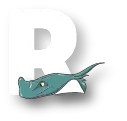
R for Ray
There are lots of species of ray, including many that are found off our own coastline. Though most not resembling sharks at all, they belong to the same family.
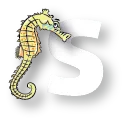
S for Seahorse
The mystical seahorse is the only species where the male gives birth! The female lays her eggs in his stomach pouch, where he looks after them until the young hatch out.
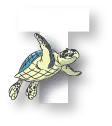
T for Turtle
There are seven species of sea turtles and many more species which live in lakes, ponds, rivers and streams. Biggest of all is the mighty Leatherback… a sea turtle that can grow to the size of a small boat.

U for urchin
Sea urchins are slow moving animals covered in sharp protective spines. They walk on hundreds of tiny tube feet and feed mainly on algae.
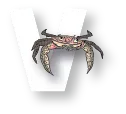
V for Velvet crab
This crab is named for the velvety feel of its shell and is one of the most common crabs in the UK. It can use its flat back claws to swim, which most other crabs can’t do!
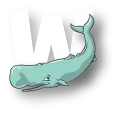
W for Whale
Most whales feed on ‘plankton’ – tiny plants and creatures – that they sift through huge strainers in their mouths called baleen plates.
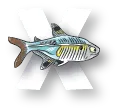
X for X-ray Tetra
This bizarre fish is actually see-through. You can see all its internal organs!
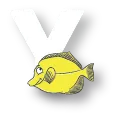
Y for Yellow-tang
One of the cutest fish of the coral reef, these are very popular with home aquarium due to their bright colour!
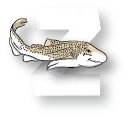
Z for Zebra Shark
The Zebra shark’s stripes change into spots as they grow into adults. In Australia Zebra sharks are also referred to as the Leopard shark because of this fact.
Book Now
Online From
$55
Per Adult
Book For Today
- Price includes Digi Photo Pass with 8 digital photos included – valued at $26!
- Get your ticket on your phone
-
Ticket Type Weekdays Weekends School Holidays & Public Holidays On the day Advanced On the day Advanced On the day Advanced Adult $55.00 $39.00 $53.00 $51.00 $55.00 $53.00 Child $36.00 $26.00 $40.00 $38.00 $42.00 $40.00 Concession $39.00 $29.00 $43.00 $41.00 $45.00 $43.00 Child (0-1 yrs) FREE *All concession holders must have a valid concession/student/health care card to gain access to the attraction with a Student/Senior ticket.
*Please note peak includes school holidays from other Australian states and public holidays.
Please note: Our ticket pricing is subject to available capacity and prices may fluctuate during periods of high demand.
- Children under 16 years of age must be accompanied by an adult (18+)
- Guarantee entry by booking online
Online From
$65
Per Adult
When Bought Separately
$102
Per Adult
- Choose from: WILD LIFE Sydney Zoo, Madame Tussauds Sydney or Sydney Tower Eye
- Visit your second attraction within 30 days after you have visited SEA LIFE
- Price includes Digi Photo Pass with 8 digital photos included
-
Savings percentages are based on the maximum cost of purchasing individual entry tickets for each attraction when compared to purchasing a combo pass for the same date type (e.g. peak/off-peak, advance/on-the-day purchase).